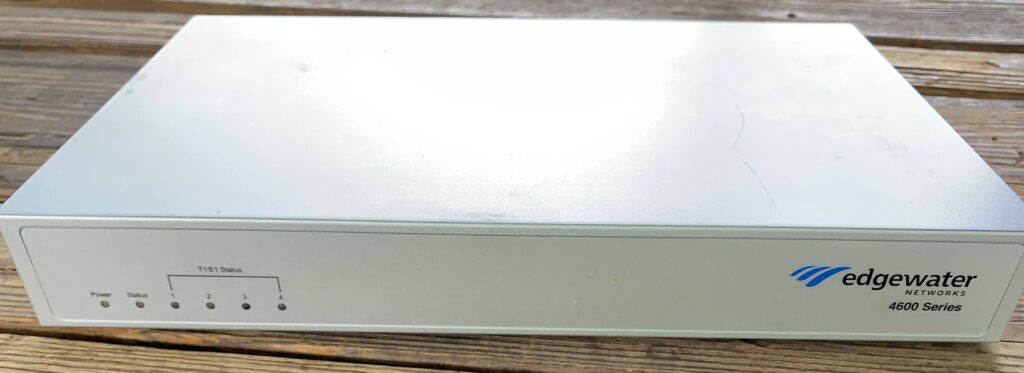The Edgewater Networks 4600 Series is a line of networking devices designed for enterprise-level networks. These devices offer a range of features and capabilities that make them suitable for a variety of applications, including data center and campus networks, VoIP systems, and video surveillance systems. In this review, we’ll take a closer look at the specifications, technical aspects, and user interface of the 4600 Series.
First, let’s start with the specifications. The 4600 Series consists of four different models: the 4601, 4602, 4603, and 4604. These models differ in terms of their port count, processing power, and memory capacity. For example, the 4601 has two Ethernet ports and is capable of processing up to 1 Gbps of traffic, while the 4604 has eight Ethernet ports and can handle up to 10 Gbps of traffic. Additionally, the 4600 Series devices have a number of features that make them well-suited for use in enterprise networks, including support for Quality of Service (QoS), Virtual LANs (VLANs), and Network Address Translation (NAT).

One of the key technical aspects of the 4600 Series is its support for a wide range of protocols. These devices can be configured to support protocols such as IPv4, IPv6, TCP, UDP, ICMP, and ARP, as well as various routing protocols such as OSPF, BGP, and EIGRP. This makes the 4600 Series suitable for use in a variety of network environments, including both traditional and next-generation networks.
Another important technical aspect of the 4600 Series is its ability to support virtualization. These devices can be configured to support virtual routing and forwarding (VRF) and virtual LANs (VLANs), which allows them to segment the network into multiple logical networks that are isolated from each other. This can be useful for creating separate networks for different departments or applications, or for isolating certain parts of the network from others for security purposes.

One of the standout features of the 4600 Series is its user interface. These devices have a web-based graphical user interface (GUI) that is easy to use and intuitive. The GUI allows users to configure and manage the devices remotely, which can be especially useful for large or distributed networks. The GUI also includes a number of tools and features that make it easier to monitor and troubleshoot the network, such as real-time traffic monitoring and alerts.
Another notable feature of the 4600 Series is its security capabilities. These devices support a number of security features such as access control lists (ACLs), firewall rules, and VPN tunnels. They also support a range of authentication methods, including local authentication, RADIUS, and TACACS+. This makes the 4600 Series suitable for use in environments where security is a high priority, such as financial institutions and government agencies.
In conclusion, the Edgewater Networks 4600 Series is a line of networking devices that are well-suited for use in enterprise-level networks. These devices offer a range of features and capabilities that make them suitable for a variety of applications, including data center and campus networks, VoIP systems, and video surveillance systems. They also have a user-friendly interface and robust security capabilities, making them a reliable and secure choice for businesses and organizations.

